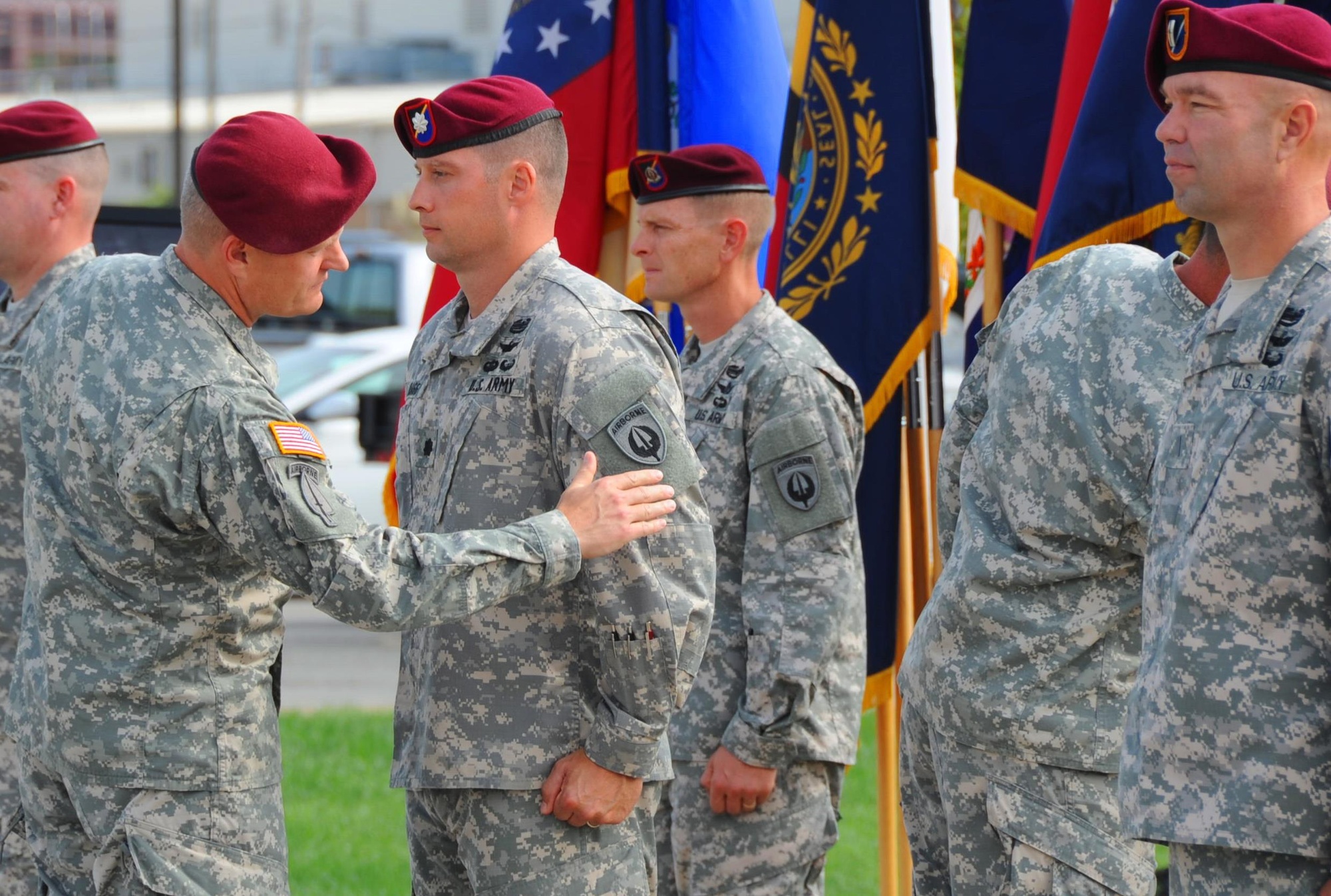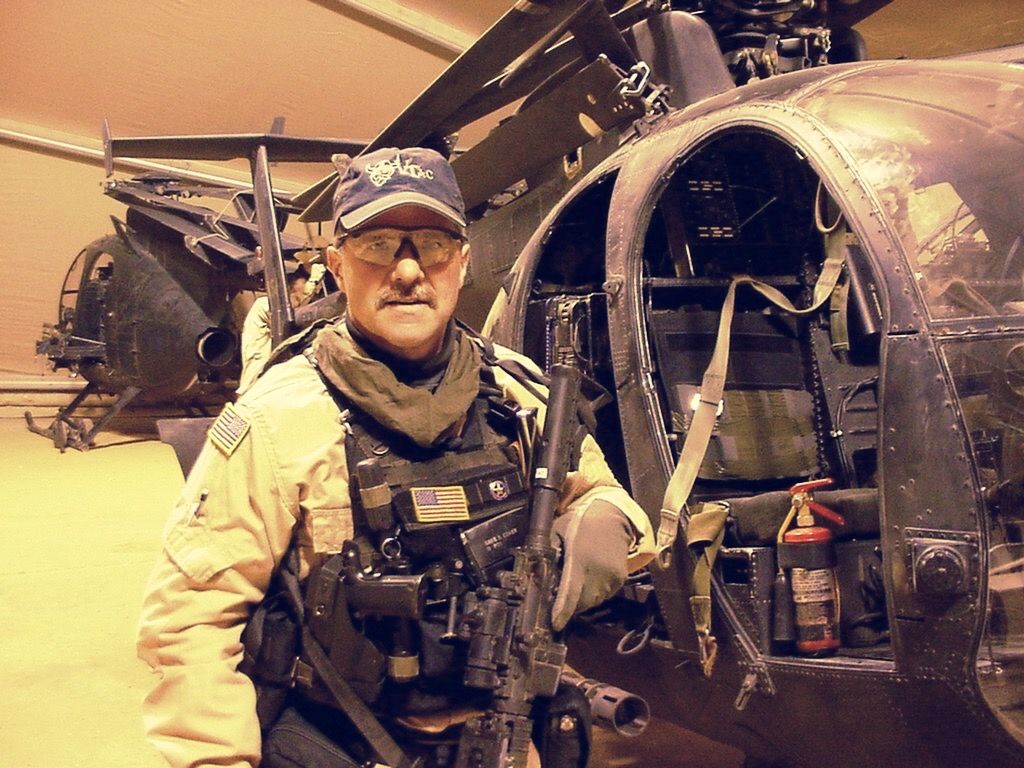Nightstalkers Military - The 160th Special Operations Aviation Regiment (Air Force), abbreviated 160th SOAR(A), is a special operations force that provides helicopter airlift support to the United States Army's special operations forces. Their duties include raids, raids, and reconnaissance, and these missions are usually conducted at night, at high speeds, at low altitudes, and at short notice.
The 160th SOAR(A) is made up of the Army's most skilled aviators, crew chiefs and support soldiers. The officers are all volunteers; Soldiers in the Army volunteer or are appointed by the United States Army Human Resources Command. By 2013, only 160 were allowed to be pilots.
Nightstalkers Military

After joining the 160th, all Soldiers are assigned to a "Gree Platoon" and receive advanced training in "five core warfighting skills: first responders, land navigation, combat operations, weapons and teamwork."
Th Night Stalkers Soar Spec Ops Aviation T Shirt Xl Military Ultra Cotton Usa
Weapons training involves firing thousands of rounds with AK-47/AK-74 rifles, Beretta M9 pistols, M4/M4A1 carbines, and SIG Sauer M17/M18 pistols. Soldiers who did not pass the first time may return, but there is no guarantee that those assigned to Gray Platoon will join the 160th.
A new Night Stalker pilot has arrived in the Basic Mission Qualified (BMQ) class. A night detective is designated as Full Mission Capable (FMQ) after completing a skills, experience, leadership and language evaluation board that lasts up to three years. After 3-5 years in FMQ, a Night Stalker can become an air traffic controller.
SOAR flight medics can complete the 36-week Special Operations Combat Medicine (SOCM) course at Fort Bragg and earn their Special Operations Combat Medicine degree.
In 1980, after Operation Eagle's Claw to rescue American hostages in Tehran, Iran failed, President Jimmy Carter ordered former Chief of Naval Operations Admiral James L. Holloway III to investigate whether the US military could try again. At that time, US helicopter units were not tasked with such covert, short-term special operations.
D Boys Together With The Members Of 160th Soar Night Stalkers. Iraq 2004 [2160×1684]
The 101st Airlift Group, 101st Airborne Division (Air Assault) Air Force, has the Army's most operational experience of the service's helicopter units and is seeking parts from the 158th Airlift Battalion, 101st Airlift Battalion and 229th Airlift Wing. . . Battalion, 159th Aviation Battalion. Selected pilots immediately received intensive night flight training.
Most of the pilots were Black Hawk pilots who had been detached from the 158th, so this temporary unit was called the 158th Task Force. Their distinctive 101st Screaming Eagle patches remain on their uniforms. Black Hawks and Chinooks continued to operate around Campbell Army Airfield to the north of the post and Saber Army Heliport to the south. After Vietnam, the OH-6 Cayuses, which disappeared from the unit's permanent records, were hidden in a Special Operations Helicopter Company armory known as the SHOC Pad.
A second attempt to rescue the hostages was planned for early 1981, after the first pilot had completed training in the fall of 1980. The hostages were released on the morning of President Ronald Reagan's inauguration.

The 158th Task Force is the Army's only special operations aviation unit, and its members are already recognized as the Army's best night aviation fighters. Losing their skills was deemed too beneficial, so the pilots and modified aircraft were converted to a new unit instead of returning to the 101st. (The original members of the Night Riders called it "The Day the Eagles Came Out").
A Special Forces Ch 47 Chinook Helicopter Of Army Special Forces 160th Soar Unit, Also Known As The Nightstalkers Stock Photo
) The unit was officially established on 16 October 1981 and designated the 160th Aviation Battalion.
Renamed 160th Aviation Group (Aircraft) in 1986; 160th Special Operations Aviation Regiment (Airborne) in May 1990. With the increased demand for highly trained special operations aviation assets, the regiment operated three battalions, a separate army unit, and the 1st Battalion, 245th Airlift Wing (OK ARNG), integrated an Army National Guard unit.
In 1987 and 1988, its pilots participated in Operation Desperate, a re-flag defense of Kuwaiti tanks in the Persian Gulf during the Iran-Iraq War. Flying from U.S. Navy warships, they captured oil tankers in a stealth operation called Prime Chance, and were the first helicopter pilots to use night vision goggles and infrared (FLIR) equipment in night combat.
The regiment's E Company hunted Chadian Mil Mi-24s from what was known as Mount Hope III.
Soldier Story Ss046 160th Soar Night Stalker
In June 1988, the unit was instructed to recover a Soviet-made Mi-25 Hind (export version of the Mi-24 Hind) attack helicopter from a remote location in Chad. The Indians were abandoned by the Libyans after a 15-year war, and in April 1988 two US Air Force C-5 Galaxy CH-47 Chinooks and 75 maintenance personnel and crew. It was of great importance to the United States. White. AFB, New Mexico for mission training. At the end of May of that year, the advance team was waiting for a flight to Ndjama, Chad. Two weeks later, two Chinooks and 76 crew and maintenance personnel arrived on the C-5. In the middle of the night on June 11, 1988, two MH-47s flew 490 miles to Ouadi Doum Airport in northern Chad without the aid of external navigation. The first Chinook landed and killed the Indians, and the second hung his head, loaded the hangers, and returned to Ndjam. A sudden sandstorm delayed the return, but less than 67 hours after the C-5 arrived in Chad, the ground crew was aboard the Indus and the Chinook, ready to return to the United States.
Night Stalkers led Operation Just Cause in the 1989 Panama invasion and were used in Operation Desert Storm in 1991.
Super 6-4 in Battle of Mogadishu a month ago. From left: Winn Mahuron, Tommy Field, Bill Cleveland, Ray Frank and Michael Durant.

In October 1993, Night Worshipers in Somalia were involved in the Battle of Mogadishu and later became the subject of the book and film adaptation of Black Hawk. Two Night Stalker Black Hawks, the Super 6-1 (piloted by Cliff Wolcott) and the Super 6-4 (piloted by Mike Durant), were shot down in combat. Five of the eight sailors killed in the Battle of Mogadishu (not counting the ninth post-operational loss) were members of the Night Stalkers, which lost two Black Shocks.
Night Stalkers Don't Quit: Role Of Elite Army Pilots In Two Daring Missions Recognized
During the 2001 invasion of Afghanistan, the 2nd Battalion Night Scouts supported two Dagger and Sword teams formed in early October 2001. (TF Sword's unit was called Task Force Brown.)
On the evening of October 18-19, 2001, two SOAR MH-47E helicopters, accompanied by MH-60L (Direct Action Predators) (DAP), transported US troops from Karshi-Khanabad Air Base, Uzbekistan.
Chinook pilots set a world record against rotorcraft by refueling three times during an 11-hour mission. The 12-man Gray Beret team from Special Forces Group 5 is called Alpha (ODA) 555 and 595.
In addition, the Central Intelligence Agency and four Air Force combat supervisors associated with the Northern Alliance. Within weeks, several key cities were captured from the Taliban by the Northern Allies with the help of US ground and air forces.
Th Soar 'night Stalkers' Mh 47g Pilot Receives Norwegian Medal For Daring Mission In Afghanistan
In January 2001, Night Stalker AH-6J jets participated in Objective Wolverine and Raptor missions and Operation Reckless Strike.
In December 2001, the Night Stalker team joined forces with more than 150 Delta Force, British Special Boat Service and CIA operatives to hunt down Osama bin Laden in the Tora Bora mountain range.
On February 21, 2002, MH-47 crashed into the sea in the Strait of Bohol, southern Philippines, killing 10 military personnel as part of the Philippines' Operation Freedom Time, an attempt to track down Islamic terrorists on the island of Basilan and rescue a nurse. American missionary couple. (Eight from E Company, 160th SOAR, and two from the 353rd Special Operations Group).
In March 2002, Night Scouts of B Company, 2nd Battalion, 160th Squadron supported coalition forces during Operation Anaconda, most notably the Battle of Thakur-Gar on 4 March, using a Razor 03 missile from an MH-47E. Mako 30 was transported and crashed. A second MH-47E, callsign Razor 01, was shot down by the Rapid Reaction Force; damaged by small arms and rocket fire and made an emergency landing. The night bandit was killed in battle.
Th Soar Night Stalkers Stalked By Ninja
On June 21, 2002, Night Stalker MH-47Es participated in an operation to kill Abu Sabayan, the leader of the Abu Sayyaf, in the Philippines. A U.S. drone has spotted a man trying to escape on a smuggler's ship with an infrared laser. On board the MH-47Es, the search engines prepared, Philippine Navy Special Operations Group operators opened fire, killing the terrorist leader and capturing four other terrorists.
In late 2002, Task Force 11 (formerly known as Task Force Sword in January 2002) in Afghanistan consisted of a ranger company supported by a helicopter company from DEVGRU and the 160th SOAR.
3 during the 2003 invasion of Iraq
Post A Comment:
0 comments so far,add yours